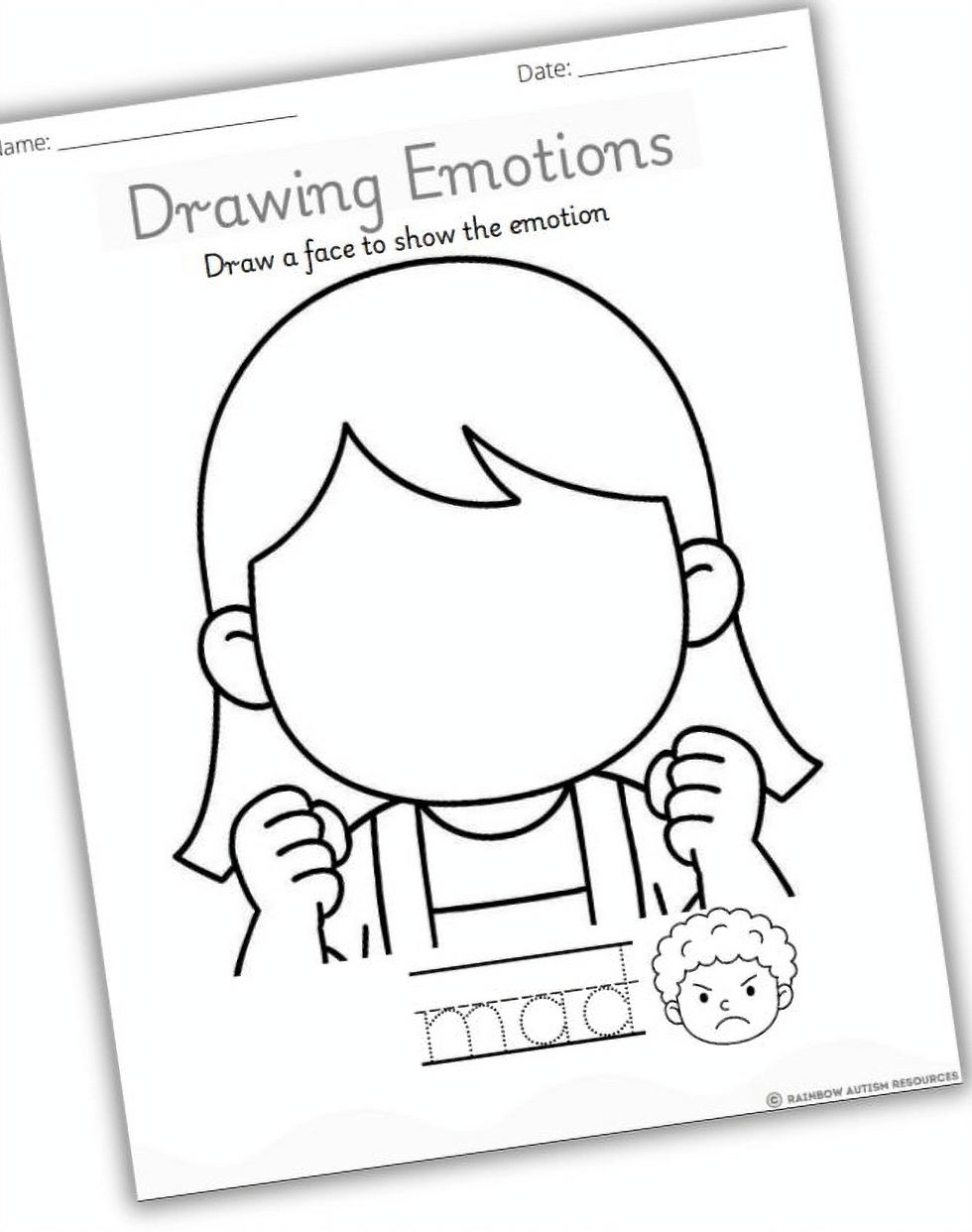What Is Alexithymia? Understanding Emotional Blindness in Autistic Children
- Autism-Talk

- Jun 11
- 3 min read
Updated: Jun 25
Summary:
Alexithymia is a trait where someone has trouble identifying and expressing emotions.
It often co-occurs with autism but is a separate trait.
New research shows some sensory and social struggles may stem from alexithymia, not autism itself.
Helping kids understand their own emotions can reduce outbursts and improve communication.
Simple strategies like emotion charts, journaling, and modeling language can help.
What Is Alexithymia?
Some children struggle to explain how they feel. They might say "I don't know" when asked what’s wrong or describe stomach aches or headaches instead of talking about emotions. This could be more than just shyness or limited vocabulary—it could be a trait called alexithymia.

Alexithymia means someone has difficulty identifying, describing, and processing their own emotions. It’s sometimes called “emotional blindness.” It’s not a diagnosis, but it does affect how a person experiences the world.
While about 10% of the general population experiences alexithymia, it’s much more common in autistic individuals—estimates suggest up to 50%.
Alexithymia vs. Autism: What’s the Difference?
Alexithymia and autism can overlap, but they’re not the same thing. Recent research is showing that some traits we’ve long assumed were part of autism—like sensory sensitivity or difficulties with empathy—may actually be due to co-occurring alexithymia.
One study found that when researchers controlled for alexithymia, autism itself no longer explained many sensory issues. That means things like meltdowns, emotional outbursts, or strong reactions to textures or sounds might not be "just autism." They could be rooted in a child’s difficulty recognizing and making sense of their emotions.
Understanding this difference can be powerful. It shifts the way we offer support and helps us avoid misunderstanding emotional behaviors as defiance or "bad behavior."

Signs a Child Might Have Alexithymia
Here are a few things parents and teachers might notice:
The child often says, “I don’t know how I feel.”
They describe physical sensations (like "my tummy hurts") instead of emotional ones.
They react strongly to sensory input (like noise or clothing textures).
They avoid eye contact or don’t pick up on social cues.
They use a very limited emotional vocabulary—just “happy,” “mad,” or “fine.”
These signs don’t automatically mean alexithymia is present, but they are clues to look deeper.

How to Support Kids with Alexithymia
The good news? Emotional skills can be taught. Just like we teach reading or math, we can help kids learn to understand their feelings and bodies.
Here are some ways to help:
Use emotion-naming visuals like feeling charts or emotion wheels.
Model emotional language throughout the day (“I feel frustrated because the printer isn’t working”).
Encourage journaling or drawing as non-verbal ways to express feelings.
Coach interoception (body awareness) by asking questions like, “Is your heart beating fast?” or “Are your hands sweaty?”
Avoid forcing social behaviors like eye contact, which may feel overwhelming or confusing.
Consider therapies that support emotional development, such as mindfulness, emotion coaching, or mentalization-based therapy

Drawing or art can give them a safe, creative outlet to express how they feel.
These tools can help kids feel safer and more understood—and that often leads to fewer meltdowns and stronger connections with others.
Why This Matters
When we better understand traits like alexithymia, we can stop labeling kids as “overreacting,” “too sensitive,” or “noncompliant.”
Instead, we can see their emotional confusion for what it is—and give them the tools to grow. Supporting emotional awareness helps kids build resilience, express themselves more clearly, and develop healthy relationships.
For kids who are both autistic and alexithymic, this kind of support can make a big difference.
Looking for visuals to help kids name emotions?
I’ve created simple, neurodiversity-affirming tools that can help you get started:
Emotion ID Bundle – Visuals & Activities for Kids with Autism
What are Emotions?- Social Story for Children with ADHD Autism
Emotions Game- Memory game to work on matching and identifying emotions
Get Free Support Tools: Download my free printable: Mindful Activities for Autistic Children
Citations:
Poquérusse, J., et al. (2018). Alexithymia and Autism Spectrum Disorder: A Complex Relationship. Frontiers in Psychology, 9:1196.
Brewer, R., et al. (2015). Alexithymia: a general deficit of interoception. Royal Society Open Science, 2(8), 150064.
Maister, L., et al. (2023). Genetic and neurobiological correlates of alexithymia. Autism Research, Advance online publication.
P.S. Looking for more visual supports or autism tools?🏢 Rainbow Autism Resources on TPT – best for educators and therapists🧩 My Etsy Shop – designed with parents and home routines in mind.
My Most Popular Posts:
%20(21).png)






Comments